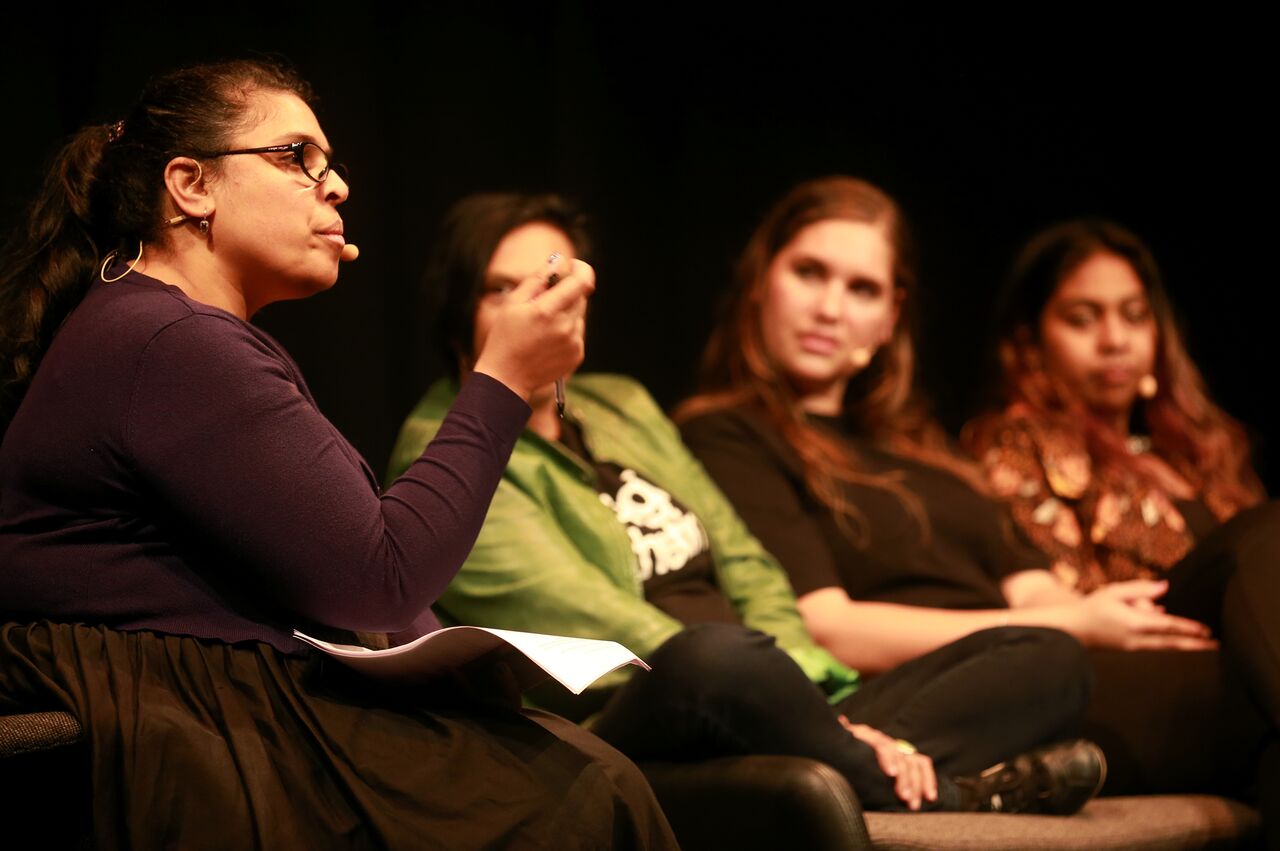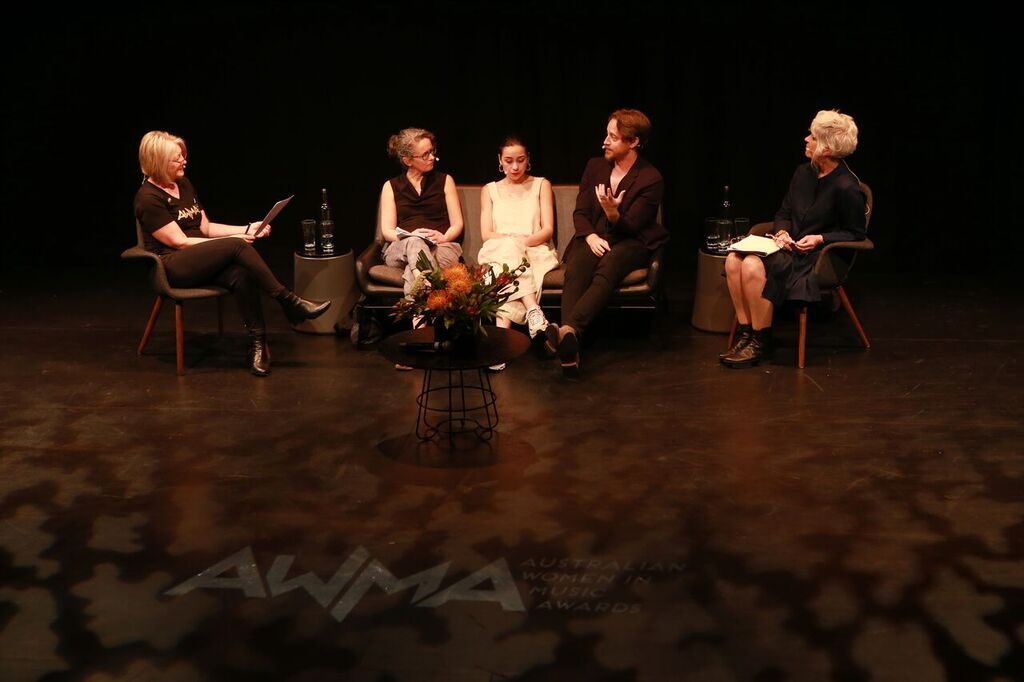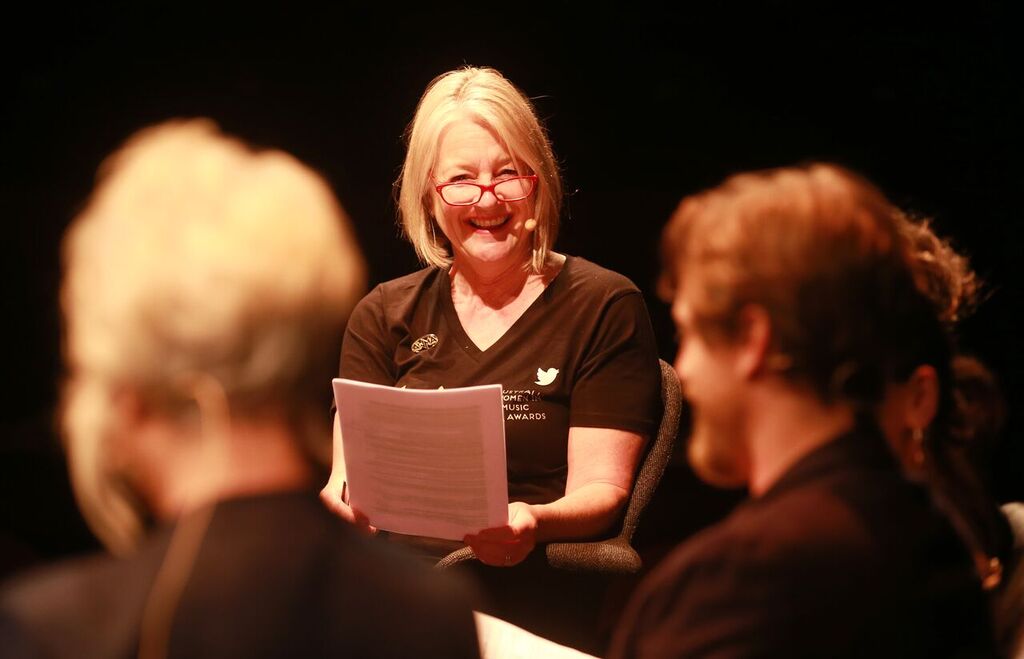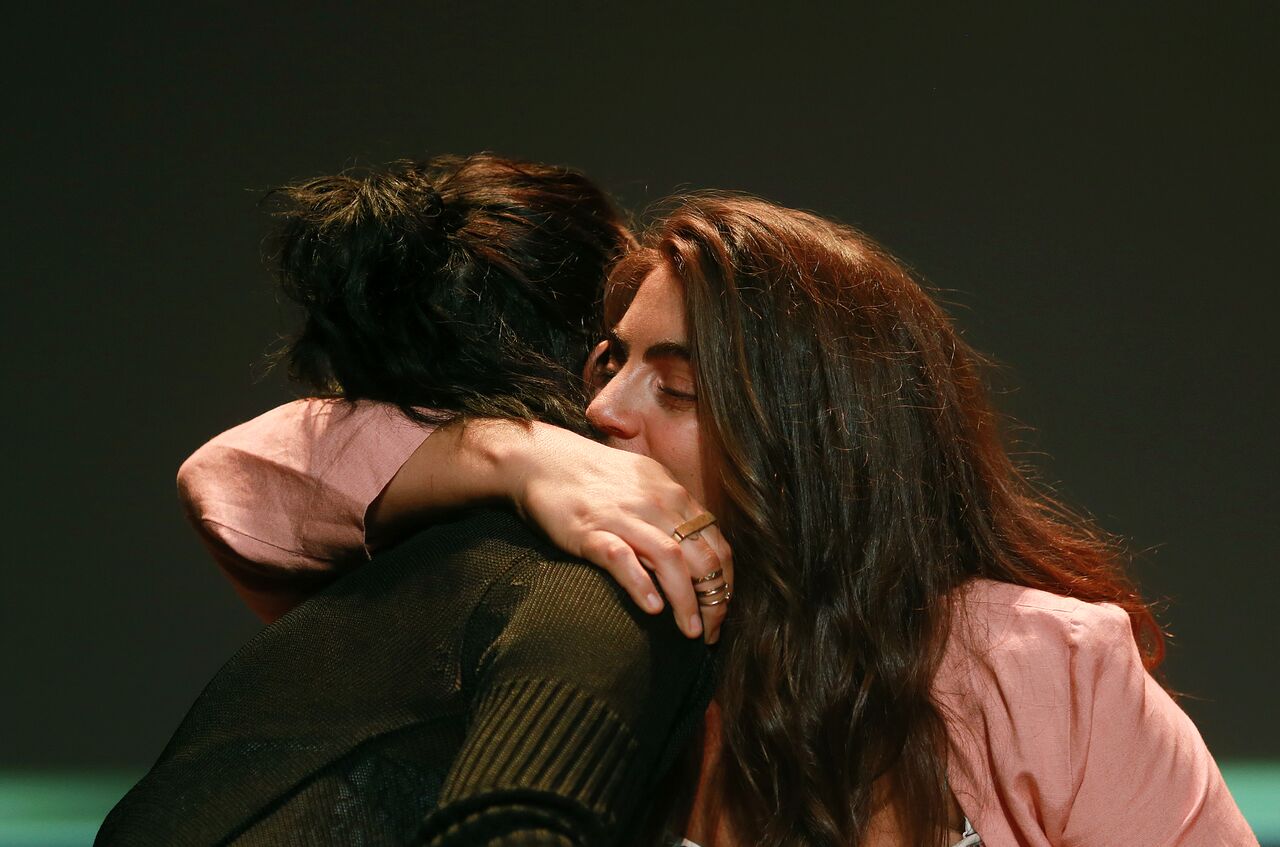“This is what change looks like” – Day one at the Australian Women In Music Awards

If you were to distil the major problems facing the Australian music industry at the moment, equality would most likely be in the top three.
Male songwriters registered with APRA AMCOS outnumber women five to one. There are no women on the ARIA board, festival lineups continue to be dominated by men (so much so that there’s even an Instagram dedicated to pointing it out).
There’s been think piece after think piece about how to fix the gaping hole in the community – how to create change for women and for all other people that get pushed to the margins.
The Australian Women In Music Awards aren’t claiming they’re gonna bring about a final solution, but they are offering something just as important – conversation and the opportunity to listen.
In the run-up to the awards ceremony on Wednesday October 10, there are two days of panels and keynotes designed to facilitate the conversations that should be happening.
They might not be easy but they are necessary.
Here’s what we learnt on day one.
Panel One: Singing Our Stories, Our Place

As AWMA pioneer Tracee Hutchison said before introducing the panel, it really was the right foot to start off on.
Over the next hour and a half, the most beautiful conversation took place between three First Nation artists, Emily Wumarruma, Shellie Morris and Ancestress (aka Telia Watson), guided by ABC Radio’s Rhianna Patrick.
Patrick, also a First Nations woman, explained to the mostly Caucasian audience that while traditional songpeople would speak of spirituality and music as one – just for us she would divide the topics into themes of visibility, place and censorship.
“20, 30 years ago there was no room for us,” Morris stated, musing on how the industry has shut out First Nations people.
“I just waited until these opportunities came.”

Morris, who is also up for the Auriel Andrew Memorial Award tonight which recognises a true pioneer of Indigenous women in music, pointed towards the digital age as a driving force for First Nations voices being heard.
“Education has changed, with social media if you say the right thing at the right time you can change things.”
Watson had some powerful thoughts on the censorship of singing in native language in an attempt to appeal to a wider audience.
“It’s about power, and it’s about being who I am despite white supremacy…remembering and knowing who I am without colonialism. We’re not letting the world telling you who we’re going to be.
“It’s about recognising and doing justice to all the good things and the deadly things we were taught.”
Wumarruma, although slightly reserved during the panel, shared a piece of information that confirmed just how important representation and role models are for keeping First Nations music alive.
“Shellie inspired me to write in my grandmother’s language,” she said.
“When I was young I didn’t have many female role models, I hope now they look up that’s what makes them want to achieve their goals and break those barriers”
Panel Two: Music, Makers & Mentors

Facilitated by Hutchison, this panel delved into the head-scratching reality that even though students of music are split equally in terms of gender, professional musicians still remain overwhelmingly male and what role mentors play in female empowerment.
The panel consisted of University of Tasmania’s Dr Mary Ann Hunter, APRA AMCOS’s Songmakers program manager Tina Broad, songwriter Morgan Christensen and QMusic CEO Joel Edmondson.
Broad kicked off by reiterating the desperate need for education when it comes to bolstering women in the music industry, pointing to Sweden – the unlikely top exporter of music in the world by population – as an inspiration.

“Sweden has done so well in music because they’ve had a really long commitment by the government to music education,” Broad said.
“I wish there was something that we could point to give us an easy fix.
“For women, it’s about what are we going to do to create this impermeable network of possibility.”
The conversation quickly turned to gender parity on festival lineups, spurred on by Hutchison’s shock at Gang of Youths being billed above Courtney Barnett on the 2019 Laneway lineup and Christensen’s experience getting on bills.
“There’s been a lot of gigs where we’ve been put on the lineup to fill that gender gap, it’s really hurtful on a creative level. The lack of women on lineups means creativity isn’t regarded as high as gender.
“I just want to be a musician, I just want to play music.”
Edmondson jumped in to provide a unique perspective that, while bleak, painted a realistic portrait of how the industry currently functions.
“The core problem that we have here is that this is where our civilisation is at in terms of a collision between commerce and community,” Edmondson said.
“There are things we want morally of the world and there is the way decisions get made in a business context and those two things are at loggerheads.
“The journey to success for the industry is going to be defined by our willingness to take on new strategies for the way we talk about these problems… if moral arguments were going to change the world, we would live in a utopia.”
Brisbane Premiere: Her Sound Her Story

The first day was rounded out with the Brisbane premiere of Claudia Sangiorgi Dalimore and Michelle Grace Hunder‘s visceral documentary Her Sound Her Story.
Featuring the likes of Deborah Conway, Banoffee, Julia Stone, Meg Mag, Montaigne, and a legion of other Australian female musicians, it summed up the ethos of the AWMAs – providing women with a platform to speak to a listening audience.
In a post-screening Q&A with Kate Cerbrano, the two film-makers revealed how the fetal idea for the project (a collection of portraits) was rejected by Rolling Stone only to become the powerful tool of education it is today.
In the closing moments of the conversation, Dalimore took the time to thank Hunder for being her partner through the project.
Making one of the last tableau’s of AWMAs day one the vision of two strong music professionals supporting each other and making a change to the industry through their work.
Hutchison put it best when bidding farewell to the audience: “This is what change looks like.”






























